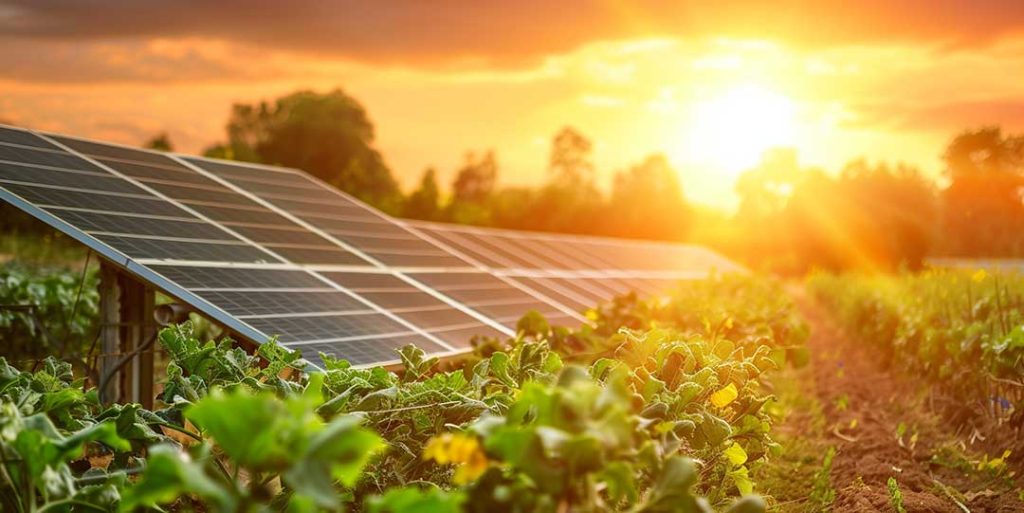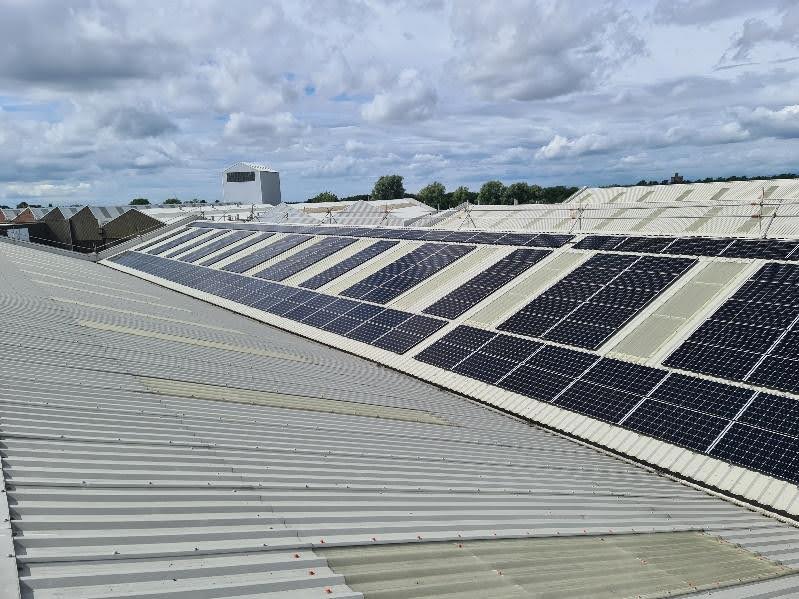The Covid-19 lockdown has cut climate change emissions by 17%, a level not seen since 2006. The CO₂ numbers during the lockdown show that it’s possible to reduce emissions, it’s just not the way that we want to do it. I’m sure you will have noticed how pleasant it has been with fewer cars on the road and planes in the sky – for now.
Climate Change poll
A recent poll conducted by the BBC show that most people think climate change is as serious at COVID-19.
3 Main Sectors to Consider for Climate Change
- Industry (& Commercial Services), 31%
- Transport, 40%
- Domestic. 29%
A strategy for Carbon Reduction must be multi-faceted addressing each area with equal importance if we are to stop Climate Change and Build Back Better
The ‘Build Back Better’ campaign aims to highlight how industry can affect major changes by adopting and implementing renewable technologies. We are powerless to stem the fossil fuel burning strategies of countries like China, USA and India. As a result, these countries consume 54% of the worlds fossil fuels contributing to Climate Change. If we choose to, the environment in the UK will improve if industry genuinely embraces ‘Build Back Better’.
Energy Generation Source
At this time of year, energy is generated from Gas Turbine (51%), Nuclear (13%), Solar (11%), Wind Turbine (11%), Biomass (7%) Imported (7%). Even during the current lockdown the UK still requires 30 Gigawatts of power.
Whilst heavy industry and manufacturing has shrunk in the UK, service Iniustries have grown to 80% of GDP. Having employed large numbers in Manufacturing and Engineering, there has been a switch to office-based employment over the past 50 years. Power for manufacturing has been replaced by energy for commercial offices. Energy consumption remains virtually the same.
Cleaner Air
The drop in traffic is a major contributor to the fall in planet-warming CO2 emissions we’ve witnessed globally. Subsequently, many members of the public have little desire to return to the state of affairs before lockdown. Recently, a fifth of members of the motoring group the AA said they would work from home in the future. This would go a long way to hep Climate Change and Build Back Better
Residential Housing accounts for 29% of consumption and consumers are looking for more control over their energy bills. Investing in self-generation and battery storage is a shrewd invesetment. Renewable energy sources are now a hot topic of conversation in Housing Associations, Developers, and Residential Home-owners.
Industry and Commercial Services
There are several proven technologies available that reduce energy consumption from the grid and therefore CO2 reliance. It’s crucial to develop a strategy for energy reduction through feasibility studies and site surveys. There are many variables to factor in calculations to maximise savings and calculate the return on investment.
What Energy Saving Technologies will Suit My Business
- Consider a recent case study for Photovoltaic Solar Panels and Battery Storage. A manufacturing company with premises comprising manufacturing, offices, and warehousing, (26,000 sq ft). A lean operation already investing in LED Lighting, and Electric Vehicle Charging. A feasibility study conducted by KAST determined that a Solar Array and Battery Storage would create a 40% saving. A return on investment in 6 years, turning lean in to clean.
- Commercial premises such as warehousing can benefit from the de-stratification (preventing heat rising) of air. High Volume low speed (HVLS) fans achieve energy savings and provide a comfortable environment for occupants in a building. This is achieved by circulating air from the ceiling to floor level. As a result, reducing the temperature difference between the highest and lowest points. Creating an even temperature distribution in both Winter & Summer. Consequently, reducing both heating and cooling costs and heating bill. Helping fight against Climate Change More about Destratification (HVLS) fans at https://kast-energy.co.uk/product/destratification-fans/
- LED Lighting will reduce energy consumption by 50% compared with conventional lighting. Providing a flicker free and more natural lite environment.
- Heat Pumps provide a green alternative to traditional property heating methods and as much as 40% energy savings are common. A feasibility report will analyse existing spend on energy compared with forecast costs from heat pumps. Currently, the government will pay an incentive to switch to this choice of heating for the next 20 years, this incentive closes March 2021 so ethical feasibilities should be undertaken now to take advantage of this incentive. More about RHI at https://www.ofgem.gov.uk/environmental-programmes/domestic-rhi and how to help combat Climate Change
Contact us for an Energy Audit – KAST, your energy reduction strategy partner.
Making informed decisions is at the core of good business practice. Energy savings, carbon reductions, cost decreases can be made by embracing renewable technologies and investing now. Climate Change Build Back Better





